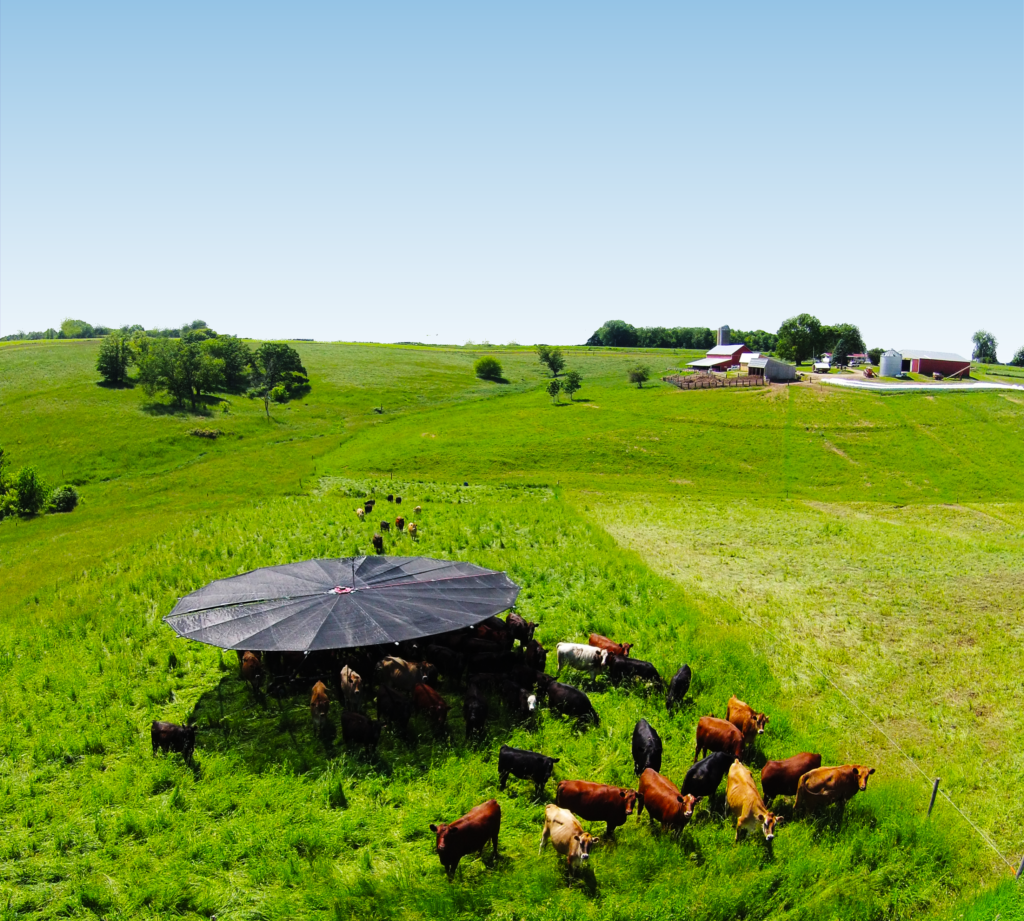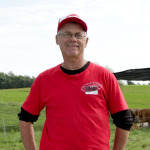 Regenerative agriculture is creating a buzz throughout the food and agriculture world. It’s no longer enough to farm sustainably. We need to do more. As we head into a new decade, regenerative agriculture techniques should be the priority of everyone who cares about improving soils, producing healthy food and contributing to solving our climate change problem. Is Regenerative Agriculture among the values you prioritize in the new decade?
Regenerative agriculture is creating a buzz throughout the food and agriculture world. It’s no longer enough to farm sustainably. We need to do more. As we head into a new decade, regenerative agriculture techniques should be the priority of everyone who cares about improving soils, producing healthy food and contributing to solving our climate change problem. Is Regenerative Agriculture among the values you prioritize in the new decade?
To identify farms embracing regenerative principles, look for the ones with the greenest pastures, greatest diversity, and animals on the land. Since grazing is a key component of regenerative agriculture, farmers need tools that allow them to keep their herds grazing even on the hottest days. If you drive through the countryside and see a Shade Haven mobile shade system it’s a clear sign of a farm’s commitment to regenerative agriculture. It’s a tool that enables the even distribution of nutrients to boost pasture health, while protecting livestock from heat stress to keep them grazing and productive.
 “I’ve been rotationally grazing on my farm for 12 years, and I’ve used a Shade Haven for eight years,” says southwest Wisconsin farmer and Shade Haven founder Vince Hundt.
“I’ve been rotationally grazing on my farm for 12 years, and I’ve used a Shade Haven for eight years,” says southwest Wisconsin farmer and Shade Haven founder Vince Hundt.
“It’s like an umbrella on an oasis – symbolizing healthy soil and healthy food,” adds Hundt. “This umbrella – this mobile shade system – along with rotational grazing practices builds organic matter, increases fertility and protects my farm from weather extremes.”
After experiencing record rainfall in 2018 and 2019, Hundt compared his farm to nearby farms utilizing conventional farming practices.
“My farm fared much better than others around me, because I rotationally graze,” says Hundt. “By grazing a paddock, then allowing a 30-40 day rest period before returning animals, we are building the soil’s capacity to hold water and withstand weather extremes. We have no exposed soil and a heavy, deep root system to soak up water and be there when you need it.”
Win, Win, Win
Regenerative agriculture is a win for farmers, human health and the planet – and grazing is a key component. By building soil, graziers are actually sequestering carbon and contributing to reversing climate change. And there is no denying the health benefits of grass-fed versus confinement-raised meat. Additionally studies have found that grass-based farms are economically competitive with their larger confinement counterparts.
“In the end, my revenues are the same or better than farms practicing confinement methods,” says Hundt . “I’m spending zero on fertilizer and weed control and , close to zero on veterinary costs.”
If you can farm in a way that is better for the environment, produces a healthier product and provides a bigger financial return, why wouldn’t you do it?
Tell us about your 2020 commitment to Regenerative Agriculture.